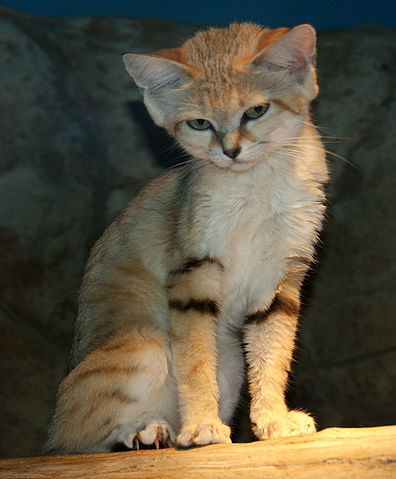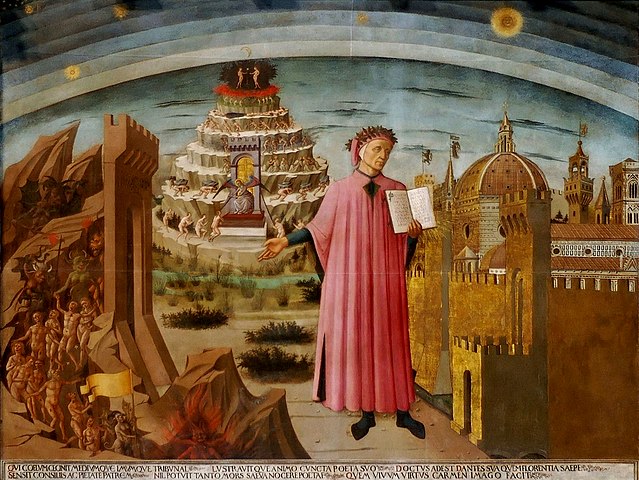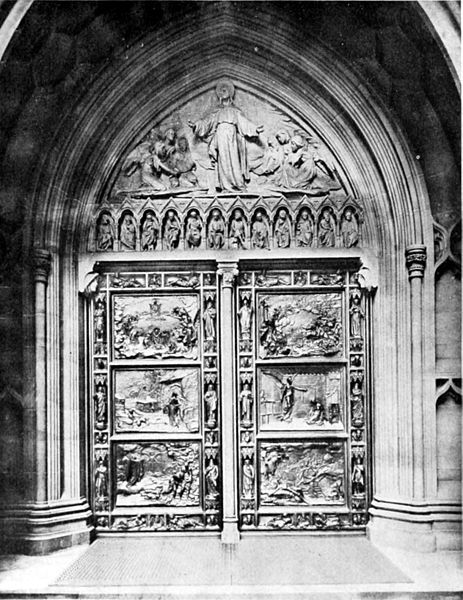We counted to 79 in Russian, let's keep going!
80 восемьдесят (vosem'desyat) - sounds like voy-sehm-day-s-yah-t 文A
81 восемьдесят один (vosem'desyat odin) - sounds like voy-sehm-day-s-yah-t oh-dee-n 文A
82 восемьдесят два (vosem'desyat dva) - sounds like voy-sehm-day-s-yah-t d-vah 文A
83 восемьдесят три (vosem'desyat tri) - sounds like voy-sehm-day-s-yah-t t-dee 文A
84 восемьдесят четыре (vosem'desyat chetyre) - sounds like voy-sehm-day-s-yah-t cheh-tee-dee 文A
85 восемьдесят пять (vosem'desyat pyat') - sounds like voy-sehm-day-s-yah-t pee-yah-t 文A
86 восемьдесят шесть (vosem'desyat shest') - sounds like voy-sehm-day-s-yah-t sheh-s-t 文A
87 восемьдесят семь (vosem'desyat sem') - sounds like voy-sehm-day-s-yah-t seh-m 文A
88 восемьдесят восемь (vosem'desyat vosem') - sounds like voy-sehm-day-s-yah-t voh-seh-m 文A
89 восемьдесят девять (vosem'desyat devyat') - sounds like voy-sehm-day-s-yah-t day-v-yah-t 文A

(from: wikipedia - russian academy of sciences)
Norwegian: åtti, åttiett, åttito, åttitre, åttifire, åttifem, åttiseks, åttisyv, åtti οκτώ, åttini
Greek: ογδόντα (ogdónta), ογδόντα ένα (ogdónta éna), ογδόντα δύο (ogdónta dýo), ογδόντα τρεις (ogdónta treis), ογδόντα τέσσερις (ogdónta tésseris), ογδόντα πέντε (ogdónta pénte), ογδόντα έξι (ogdónta éxi), ογδόντα επτά (ogdónta eptá), ογδόντα οκτώ (ogdónta októ), ογδόντα εννέα (ogdónta ennéa)
ASL: eighty, eighty one, eighty two, eighty three, eighty four, eighty five, eighty six, eighty seven, eighty eight, eighty nine
Italian: ottanta, unottanta, ottantadue, ottantatre, ottantaquattro, ottantacinque, ottantasei, ottantasette, ottantotto, ottantanove
German: achtzig, einundachtzig, zweiundachtzig, dreiundachtzig, vierundachtzig, fünfundachtzig, sechsundachtzig, siebenundachtzig, achtundachtzig, neunundachtzig
Spanish: ochenta, ochenta y uno, ochenta y dos, ochenta y tres, ochenta y cuatro, ochenta y cinco, ochenta y seis, ochenta y siete, ochenta y ocho, ochenta y nueve
French: quatre-vingts, quatre-vingts-un, quatre vingt deux, quatre vingt trois, quatre vingt quatre, quatre vingt cinq, quatre vingt six, quatre vingt sept, quatre vingt huit, quatre vingt neuf







